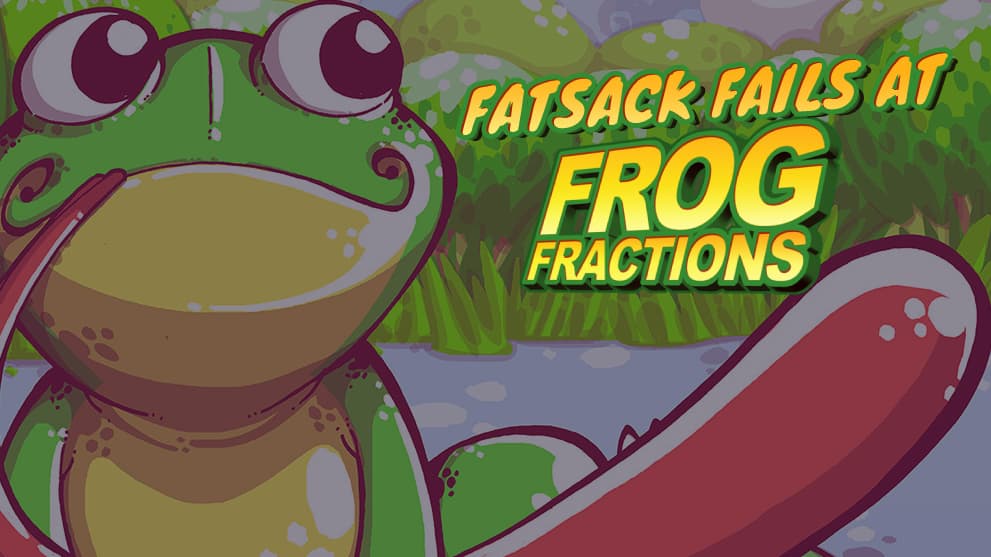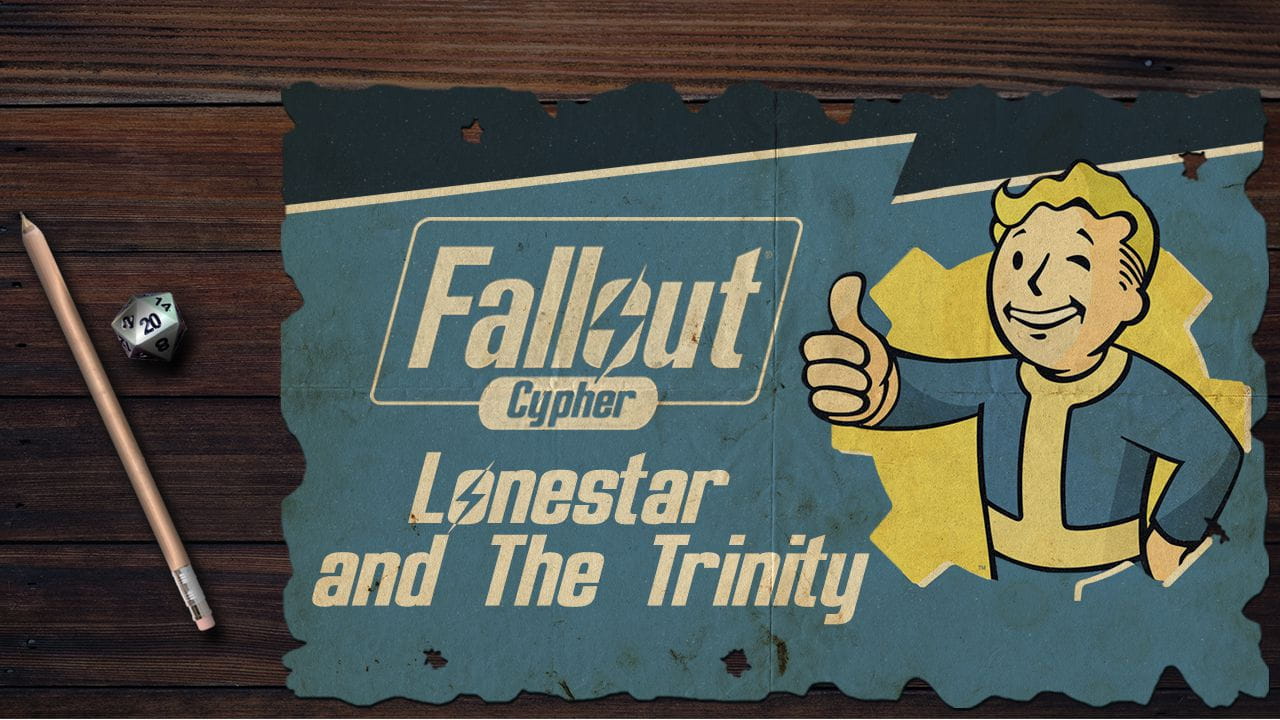Tagged:
Optional Rules
Cypher System Homebrew - 03 Carry Capacity and Encumbrance
/ 5 MIN read / CYPHER SYSTEM

These optional Carry Capacity and Encumbrance rules allow player characters a quick, easy to use system to both track items and deal with the consequences of carrying too much loot at once. Inspired by Giffyglyph's Darker Dungeons supplement for D&D 5e, specifically the Active Inventory rules. Giffyglyph's rules were a great reference tool when approaching inventory management and apply it to Cypher System, which does not exist in the core rules.
Image courtesy of: Alice Donovan Rouse on Unsplash
Cypher System takes a very lax position when it comes to inventory management. Most of the time, it’s not important and the GM can just hand wave and adjudicate in the moment if needed. However, there may be times when the GM wants or needs a more concrete system in place to track inventory and have the player characters deal with the consequences of encumbrance. Certain genres, like post-apocalyptic or dark fantasy, may call for a grittier feeling of having to make hard decisions about what one carries on their adventures and what they leave behind. These optional rules provide a system for players to be able to track items in their inventory that is easy to use, doesn’t bog down game play too much with maths, and provides some consequences to consider when going over the allotted inventory space.
Table of Contents
# Optional Rule: Carry Capacity
Carry Capacity represents how much stuff you can carry without issue and is tracked throughout play whenever you gain or lose an item from your inventory. Adding items to your inventory adds Encumbrance Points (EP) to the Carry Capacity, regardless of if the item is equipped, worn, wielded, or carried. Your total Carry Capacity is 15 to begin with, and can increase or decrease throughout play for different reasons.
# Items and EP Cost
Every item costs a certain amount of EP to be carried in your inventory. These costs depend on the item in question and are left up to the GM to assign as they see fit. The heavier and bulkier an item is, the more it costs to carry. See Item EP Cost Suggestions for examples.
# Encumbrance
Once the EP cost of the items in your inventory is equal to your total Carry Capacity, you begin to struggle with the sheer weight of your gear and are encumbered. You immediately become impaired until your current Carry Capacity is lower than your total.[1] Additionally all Might and Speed based actions have an Initial Cost of 1 point from their respective Pool.[2]

Photo by Oriol Pascual on Unsplash
# Modifying Carry Capacity Total
# Might Edge
The stronger you are, the more you can carry without issue. Might Edge increases your total Carry Capacity by 1 each. This includes temporary Might Edge gained or lost from abilities and cyphers.
# Equipment
During play it’s assumed a character almost always has the necessary equipment on hand to allow them to carry items. Pockets, belts, bags, or other equipment that allow you to carry any items found during your adventures are generally included as part of your starting equipment even if not specified. This means that mechanically speaking you do not have to track which equipment allows you to carry things. If wanted, the GM can use equipment based cyphers or artifacts that affect Carry Capacity directly. See Cyphers and Artifacts Ideas for inspiration.
If you are ever in a situation where your equipment is inaccessible to you (such as being captured and stripped) your total Carry Capacity can be temporarily modified to reflect the setback (reduced by 5 or even 10 if completely naked). The GM could also use these temporary Carry Capacity totals to start with if they want the players to have to find, earn, or buy their initial equipment through play for a more hard core experience.
# Followers
Player characters who have followers, such as those provided by type or focus special abilities, increase the total Carry Capacity by 1 for each follower level. The GM can decide if and when these follower modifications are lost should the follower leave the player for an extended time, however most of the time it’s assumed these always apply.
# Containers, Vehicles and Other Transport
Most of the time it’s not important to track where specifically an item is stored. It could be in the player character’s backpack, or their follower’s pocket. Mechanically speaking it makes no difference, but the GM can decide a specific item is unavailable or will cost an action to retrieve from the follower through the use of GM intrusions.
If needed the GM can also assign a Carry Capacity to an object to represent how much stuff it can carry on its own and still function. This could be something like a wheelbarrow, a cart, the trunk of a car, or the cargo hold of a spaceship. Track the EP cost of the items separately, and if the cost ever equals the object’s Carry Capacity, you must use the Moving a Heavy Object action to move it.[3] Continued movement of the object once over its Carry Capacity can also cause the object to move down the object damage track at the GM’s discretion.[4]

Photo by Simon Matzinger on Unsplash
# Item EP Cost Suggestions
The following are suggestions for the GM to use to assign EP cost to items. Feel free to use or adjust these costs as needed.
# 1 EP
Potential characteristics of a 1 EP item:
- up to 12 in (30 cm) in length
- weighs less than 5 lbs (2.26 kg)
- small enough to hold comfortably in one hand
- collection of even smaller items stacked together
# 2 EP
Potential characteristics of a 2 EP item:
- up to 2 ft (61 cm) in length
- weighs up to 10 lbs (4.5 kg)
- small enough to hold in one hand, but could be held with two hands
# 3 EP
Potential characteristics of a 3 EP item:
- up to 5 ft (1.5 m) in length
- weighs up to 20 lbs (9 kg)
- large enough that holding with two hands is preferred, but could be held with one hand if needed
# 6+ EP
Potential characteristics of a 6+ EP item:
- unwieldy in length
- very heavy, over 20 lbs (9kg)
- bulky, awkwardly shaped
- large enough that holding with two hands is required, potentially needing more hands if available
# Less than 1 EP
Items that are particularly small or lightweight can cost less than 1 EP to keep in your inventory. In General you can stack 5 of these very small or very light items for every 1 EP cost. (or .2 EP) Some characteristics of a less than 1 EP item:
- small enough in size to hold many in one hand
- weighs practically nothing on its own, but will be noticeable the more you have
- stackable, compressed, or otherwise reduced in bulk, weight, or shape
# Armor and Weapon EP Cost Suggestions
Most armor will cost at least 2 EP. Armor can cost less if it is particularly light weight, or more if it’s particularly bulky or heavy.
Most Light weapons cost 1 EP, although some can cost less than 1 EP if they’re particularly small or lightweight. Medium weapons usually cost 2 EP, and heavy weapons usually cost 3 EP. The GM can vary these costs per item to give different advantages and disadvantages to weapons and armor without having to worry about balance.
# Cypher and Artifact Ideas
The following are a few examples or ideas for the GM to use when creating cyphers or artifacts that utilize the Carry Capacity and encumbrance rules in interesting ways:
- potion of deep pockets - cypher that increases your total Carry Capacity by its level for 8 hours
- heavy cargo transport droid - temporary follower that increases your total Carry Capacity by twice it’s follower level for a number of hours equal to cypher level
- upgrade kit - cypher that permanently reduces the EP cost of a piece of armor or weapon by its level
- trans-dimensional backpack - artifact that has its own Carry Capacity equal to twice its level
- low emitter anti-gravity boots - artifact that increases your total Carry Capacity just by wearing it, with an option to increase even more for a depletion roll

Photo by Specna Arms on Unsplash
Damage Track explained on pg. 202 original edition or pg. 218 revised edition or on the OG-CSRD ↩︎
Initial Cost explained on pg. 195 original edition or pg. 212 revised edition or on the OG-CSRD ↩︎
Moving a Heavy Object explained on pg. 213 original edition or pg. 229 revised edition or on the OG-CSRD ↩︎
Special Situation: Attacking Objects explained on pg. 207 original edition or pg. 223 revised edition or on the OG-CSRD ↩︎

Fatsack - Ethan Kellogg is a Twitch streamer, graphic designer, web developer, and advisory live stream consultant. Likes video games, TTRPGs, weird music, and stiff drinks. He/Him



